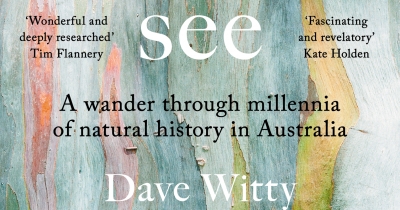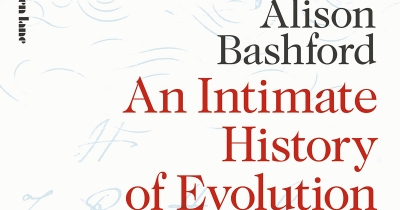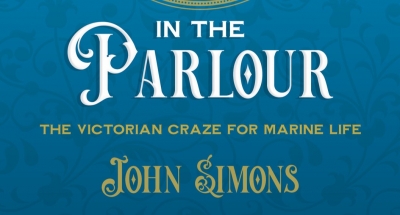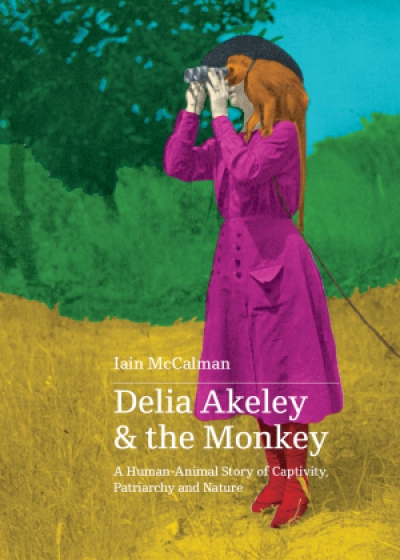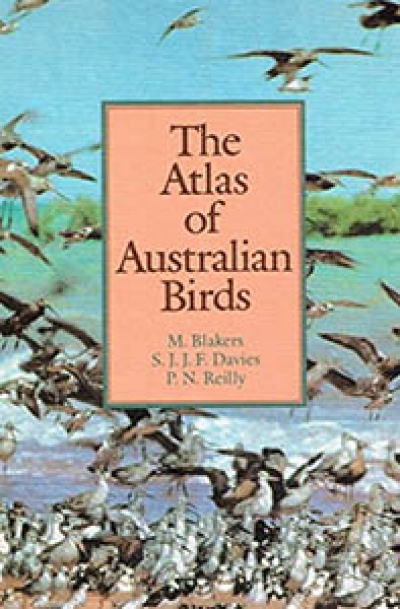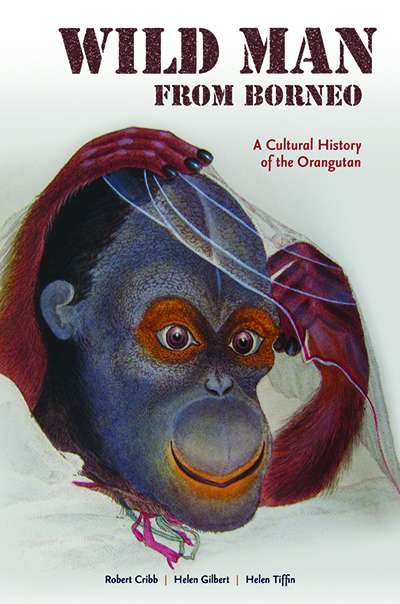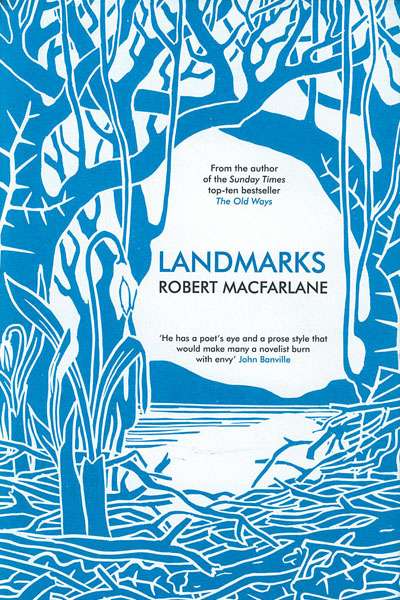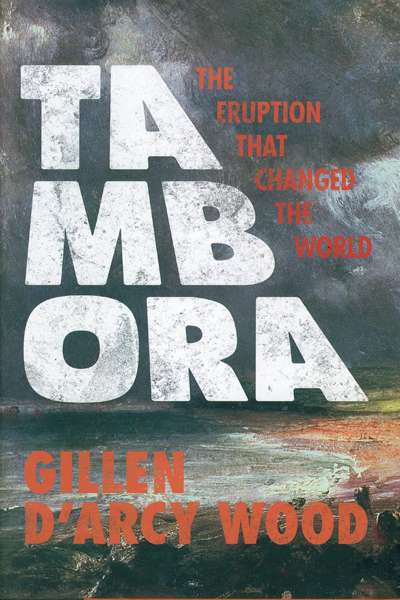Natural History
Every Living Thing: The great and deadly race to know all life by Jason Roberts
by Danielle Clode •
Wetlands in a Dry Land: More-than-human histories of Australia’s Murray-Darling Basin by Emily O’Gorman
by Harrison Croft •
What the Trees See: A wander through millennia of natural history in Australia by Dave Witty
by Ashley Hay •
An Intimate History of Evolution: The story of the Huxley family by Alison Bashford
by Gary Werskey •
Goldfish in the Parlour: The Victorian craze for marine life by John Simons
by Danielle Clode •
Delia Akeley and the Monkey: A human-animal story of captivity, patriarchy and nature by Iain McCalman
by Libby Robin •
The Atlas of Australian Birds by M. Blakers, S.J.J.F. Davies, and P.N. Reilly
by Evan Jones •
Wild Man From Borneo: A cultural history of the Orangutan by Robert Cribb, Helen Gilbert, and Helen Tiffen
by Danielle Clode •
Tambora: The eruption that changed the world by Gillen D'Arcy Wood
by Danielle Clode •



